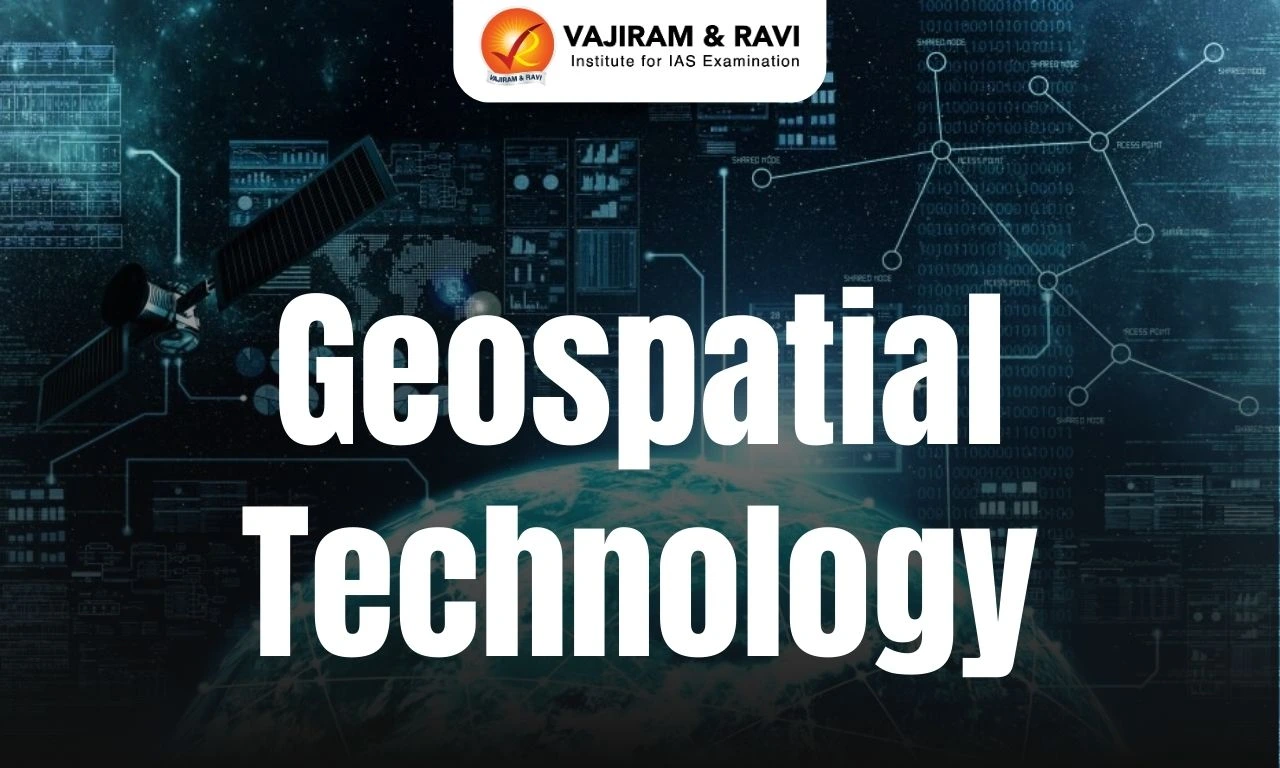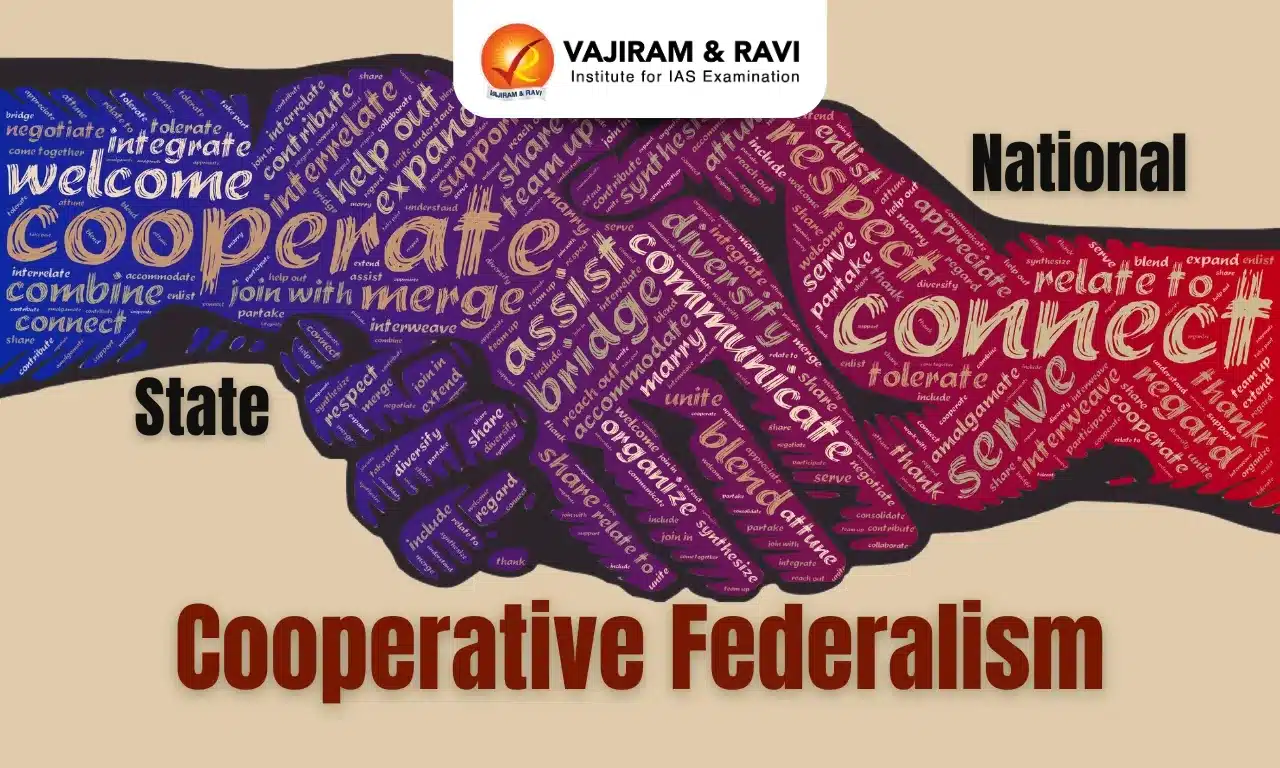Geospatial technology is a term used to describe the range of modern tools contributing to the geographic mapping and analysis of the Earth and human societies. It is fundamental to fields such as cartography, remote sensing, and Geographic Information Systems (GIS). Geospatial technology offers a critical understanding of spatial configurations, interconnections, and events. Geospatial tools are crucial for tackling issues ranging from city planning and environmental protection to emergency management and transit systems. They equip decision-makers with informed, data-centric approaches and solutions.
Understanding Geospatial Technology
Geospatial Technology refers to the equipment, software, and methods used to acquire, process, and analyse data that has a geographic or spatial component. This means that the data is associated with a specific location on the Earth's surface.
Types of Geospatial Technology
Among the prevalent geospatial technologies are:
| Technology | Explanation |
| Remote Sensing |
- It observes distant objects or surfaces by using images and data captured from space or airborne instruments.
- Techniques include:
- Example- Monitoring the rate of deforestation using satellite imagery. |
| Geographic Information Systems (GIS) |
- GIS is a system designed to collect, organize, visualize, and interpret geographic data for specific Earth locations.
- By revealing data insights like patterns and relationships, GIS aids in informed decision-making.
- Example - Use of technology in Urban planning and development. thereby, ensuring sustainable and efficient growth. |
| Global Positioning System (GPS) |
- GPS is a satellite-based navigation system that provides location, speed, and time data. It operates on the principle of Trilateration, indicating that at least three satellites are needed for precise location determination. -Each satellite narrows down a location's potential position. - Example- Real-time route optimization for traffic control. |
Applications of Geospatial Technology
The range of applications for geospatial data is extensive. It's relevant in any field or sector where location plays a significant role. Some standard instances where geospatial technology is utilized:
- Climate Change and Disaster Management: Aid in improving awareness of situations and offer valuable insights for decision-making in dealing with natural disasters.
- Earth observation: It helps monitor various aspects, including plant growth, water quality, temperatures on land and in the sea, and ocean salt levels.
- Healthcare: These tools assist professionals intracking virus spread, identifying high-risk areas, supporting migrant populations, and more.
- Land and forest management: GIS tools are often used forvillage surveys in India, creating maps, and ensuring accurate rural land records.
- The forest department utilizes these technologies to map forest areas, assess carbon stocks, detect forest fires, and track deforestation, aiding conservation initiatives.
- Societal challenges: Geospatial tools are instrumental in tackling broad societal issues, spanning from education and environment tofinancial accessibility and natural resource management.
- Logistics: These technologies ensure proper tracking of goods and verify their condition.
- Transport: Geospatial tools help pinpoint locations, predict arrival times, and navigate routes for shipments.
- Meteorology: These technologies play a crucial role in predicting weather patterns for specific regions.
- Agriculture: GIS is utilized in agriculture to assess thehealth of vegetation in particular areas.
- Ecology: These tools aid in monitoring species indesignated areas and help in disaster prevention and management.
- Marketing and advertising: Ad agencies harnessgeospatial tools to direct advertisements to pertinent areas.
- Real estate: Remote sensing allows for thedistant visualization and analysis of property.
- Insurance: Geospatial tools play a role in risk assessment for certain regions by analyzing geographically referenced historical data.
Geospatial Technology in India
With its wide geographical expanse, Geospatial technology is key to the development of India. Several observations and efforts have been made in this regard:
- As per the India Geospatial Artha Report of 2021, the geospatial market in India stands at a value of Rs 38,972 crore, employing around 4.7 lakh individuals.
- Institutions like the Survey of India (SoI), the Indian Space Research Organisation (ISRO), Remote Sensing Application Centers (RSACs), and the National Informatics Centre (NIC) have played pivotal roles in advancing geospatial technology in the country.
Significance of Geospatial Technology
Geospatial technology plays a pivotal role in multiple sectors, such as:
- Economic Prospects: According to the India Geospatial Artha Report 2021,the sector is projected to expand to Rs 63,100 crore with a growth rate of 12.8% by 2025.
- Job Creation: Major private enterprises like Amazon and Zomato utilize this technology for efficient delivery operations, promoting job opportunities. The sector's workforce is anticipated to rise to 9.5 lakh individuals by 2025.
- National Defense: Post the Kargil conflict, the Indian government recognized the importance of self-reliance in geospatial data, reducing dependency on foreign sources.
- Scheme Execution: Geospatial technology can facilitate the smooth rollout of major government initiatives, such as the Gati Shakti program, which aims for significant infrastructural enhancements like constructing 25,000 km of highways and modern land record management.
- Promotion of Domestic Production: By emphasizing this sector, India can nurture local businesses to create indigenous applications comparable to Google Maps.
- Land Record Administration: With geospatial technology, extensive landholding data can be accurately digitized and categorized. This approach can streamline targeting and decrease the volume of land-related legal disputes. Except for Karnataka, most states have yet to update their records.
- Emergency Response: During the COVID-19 vaccination campaign, geospatial technology was instrumental in bolstering logistics and technological support.
National Geospatial Policy, 2022
The Government of India introduced a National Geospatial policy with two main goals to develop a coherent national framework and to enable easy availability of valuable Geospatial data collected utilizing public funds to businesses and the general public.
- The policy aims to bolster the Geospatial sector to promote national growth, economic well-being, and a flourishing information-based economy.
- The objective of the policy is to establish detailed topographical surveys and mapping, complemented by a high-precision Digital Elevation Model (DEM) by the year 2030.
- It aims to work towards a unified national approach to transition to a digital economy, enhancing services for citizens and enhancing Geospatial infrastructures, skills, standards, and businesses.
- Organizational framework:
- The Geospatial Data Promotion and Development Committee (GDPDC) will be the premier body at the national level to strategize and oversee Geospatial sector developments.
- The GDPDC will take over the roles previously held by the National Spatial Data Committee (NSDC) from 2006 and the 2021 GDPDC.
- The Department Of Science & Technology will remain the central governmental agency, with the GDPDC advising it on Geospatial matters.
- Key Milestones:
- By 2025:
- Implement a supportive policy and legal structure that backs the opening up of the Geospatial sector and broadening data access, with a focus on enhancing commercial value-added services.
- By 2030:
- Achieve high-resolution topographical surveys and mapping (detailing urban, rural, forest, and wasteland areas).
- By 2035:
- Obtain precise Bathymetric Geospatial Data for inland waters and the sea's topography.
- Create a National Digital Twin for significant cities and towns, acting as a virtual reflection of real-world assets, processes, or services. This will involve a dynamic network of Digital Twins, promoting informed decision-making.
- By 2025:
Government Initiatives for Geospatial Technology in India
Several government initiatives include:
- Guidelines for Geospatial Data, 2021:
- Released by the Ministry of Science and Technology in February 2021.
- Deregulated existing protocols, promoting a competitive landscape.
- Removed permission and scrutiny needs, even for security-related matters for Indian companies.
- Companies can now self-attest to comply with guidelines without direct government supervision.
- NAVIC
- The Indian Regional Navigation Satellite System (IRNSS), consists of a set of 7 satellites and a series of ground stations
- Applications of NAVIC are found in:
- Terrestrial, aerial and marine navigation
- Disaster management
- Vehicle tracking and fleet management.
- Integration with mobile phones.
- Precise timing (as for ATMs and power grids).
- Mapping and geodetic data capture.
- BHUVAN
- It's a web portal designed to locate and access geographic data and related services, like display and analysis, online.
- The significance of Bhuvan includes:
- Reflects accurate country borders based on the Government of India's data.
- Protects users' privacy much better than foreign map apps.
- Aids to Atamanirbhar Bharat mission
- Geospatial energy map of India:
- A collaboration between NITI Aayog and ISRO.
- Provides an overview of energy production and distribution in India.
- Assists in planning, investment decisions, and disaster management using energy assets.
- Union Budget 2022-23:
- Encourages the use of Kisan drones for land evaluation, digitizing land records, and applying insecticides and nutrients.
- Yuktdhara portal:
- Launched by the Ministry of Rural Development.
- A geospatial planning platform acting as a database for assets (geotags) from National Rural Development Programmes, like MGNREGA.
- Combines multiple thematic layers and high-resolution observation data with analysis tools.
Challenges of Geospatial Technology
Several challenges associated with Geospatial technology are:
- Underdeveloped geospatial market: Despite India's vast potential, there's a noticeable lack of demand for geospatial products and services. This shortfall stems from limited awareness among potential stakeholders in both the public and private sectors.
- Shortage of skilled personnel: The country faces a scarcity of trained professionals equipped to handle all facets of the geospatial domain. Contrary to Western nations, India doesn't have a solid base of experts proficient in comprehensive geospatial technology.
- Data access and collaboration issues: There's a notable absence of foundational, high-resolution data. Additionally, ambiguous guidelines on data sharing and collaboration hinder joint ventures and optimal resource utilization.
- Absence of customized solutions: Except for a few instances, India largely lacks solutions specifically designed to address its unique challenges.
Measures to promote Geospatial Technology in India
Several measures can be taken to promote Geospatial technology in India, such as:
- Creation of a Geospatial Portal and Cloud: It's essential to develop a geospatial portal to provide access to all publicly funded data through a 'data as a service' approach.
- Promoting a collaborative data culture: It's vital to foster an environment of data sharing, joint efforts, and mutual creation.
- Foundation data development: This should encompass the Indian National Digital Elevation Model (InDEM), urban data layers, and information on natural resources.
- Introducing Geospatial academic programs: India ought to launch undergraduate courses in geospatial at institutions like the Indian Institutes of Technology and the National Institutes of Technology. Additionally, there's a need for a specialized geospatial university. Such initiatives will boost local research, development, and technology creation.
- Oversight and regulation: National entities like SoI and ISRO should be tasked with overseeing projects of national security and scientific importance. However, these organizations should avoid competing with private entrepreneurs for government contracts to ensure a level playing field.
Last updated on November, 2025
→ Check out the latest UPSC Syllabus 2026 here.
→ Join Vajiram & Ravi’s Interview Guidance Programme for expert help to crack your final UPSC stage.
→ UPSC Mains Result 2025 is now out.
→ UPSC Notification 2026 is scheduled to be released on January 14, 2026.
→ UPSC Calendar 2026 is released on 15th May, 2025.
→ The UPSC Vacancy 2025 were released 1129, out of which 979 were for UPSC CSE and remaining 150 are for UPSC IFoS.
→ UPSC Prelims 2026 will be conducted on 24th May, 2026 & UPSC Mains 2026 will be conducted on 21st August 2026.
→ The UPSC Selection Process is of 3 stages-Prelims, Mains and Interview.
→ UPSC Result 2024 is released with latest UPSC Marksheet 2024. Check Now!
→ UPSC Prelims Result 2025 is out now for the CSE held on 25 May 2025.
→ UPSC Toppers List 2024 is released now. Shakti Dubey is UPSC AIR 1 2024 Topper.
→ UPSC Prelims Question Paper 2025 and Unofficial Prelims Answer Key 2025 are available now.
→ UPSC Mains Question Paper 2025 is out for Essay, GS 1, 2, 3 & GS 4.
→ UPSC Mains Indian Language Question Paper 2025 is now out.
→ UPSC Mains Optional Question Paper 2025 is now out.
→ Also check Best IAS Coaching in Delhi
Geospatial Technology FAQs
Q1. How does the GPS work?+
Q2. What is the underlying concept behind remote sensing?+
Q3. What is the key objective of National Geospatial Policy 2021?+
Q4. What are Digital Elevation Models (DEMs)?+
Q5. What is LiDAR?+
Tags: geospatial technology quest

















